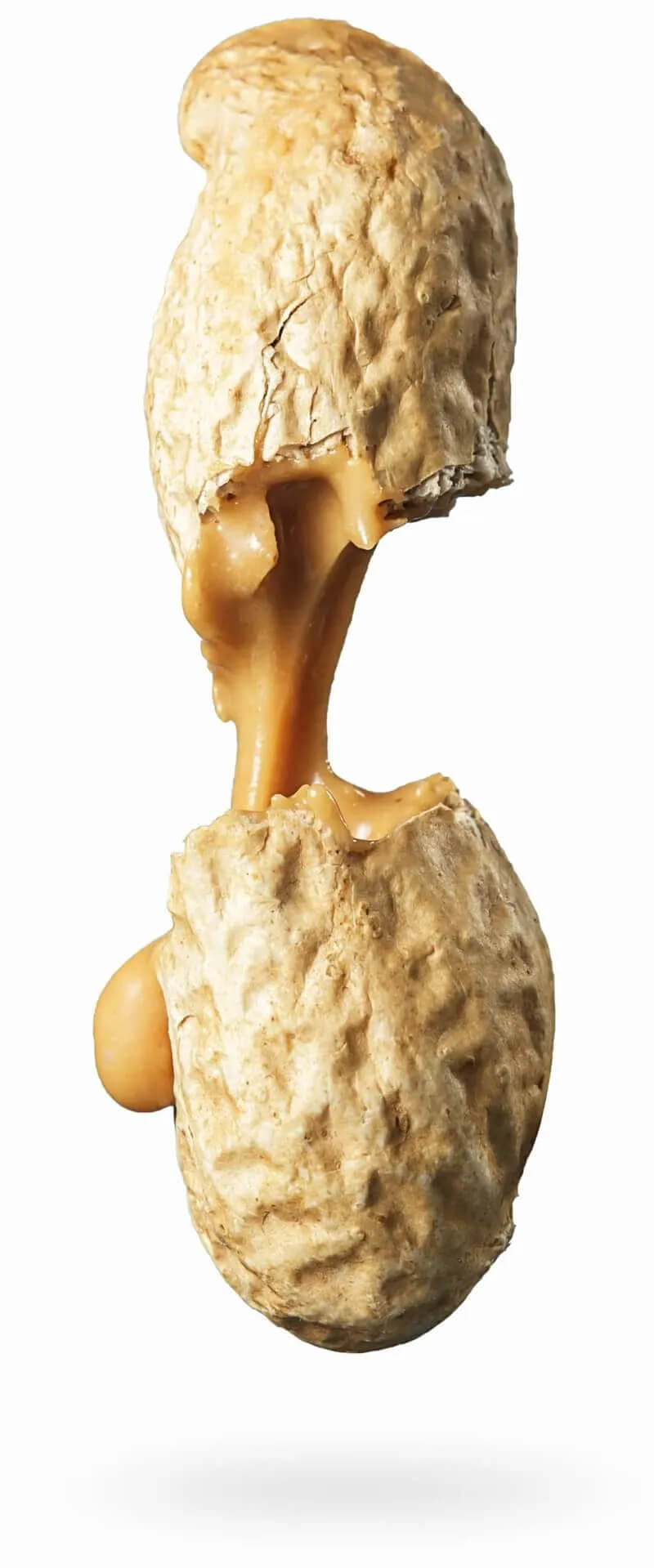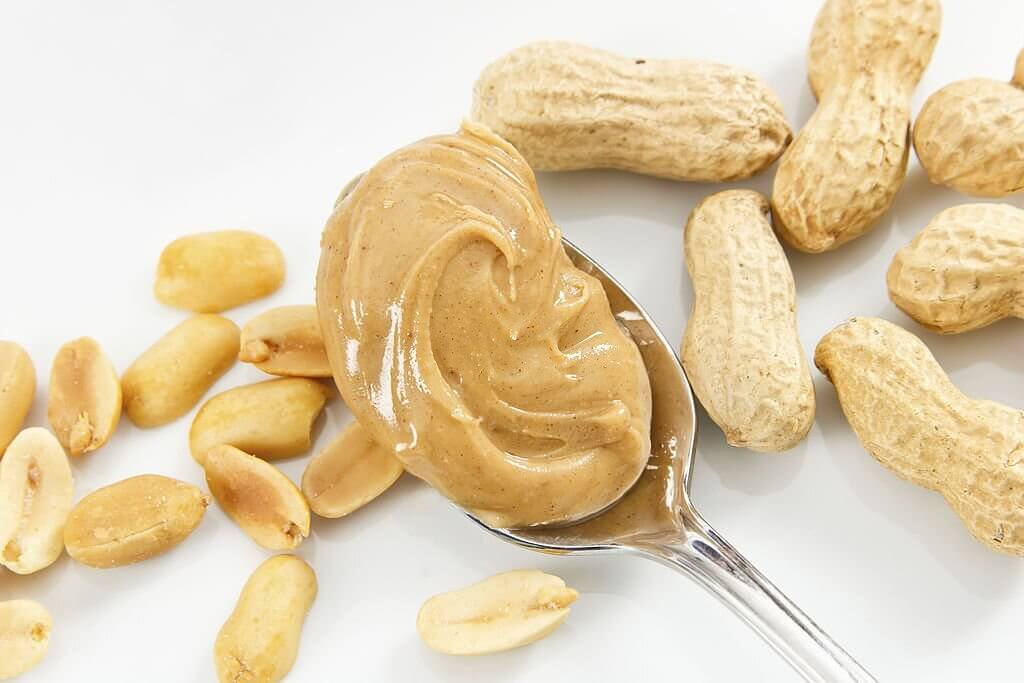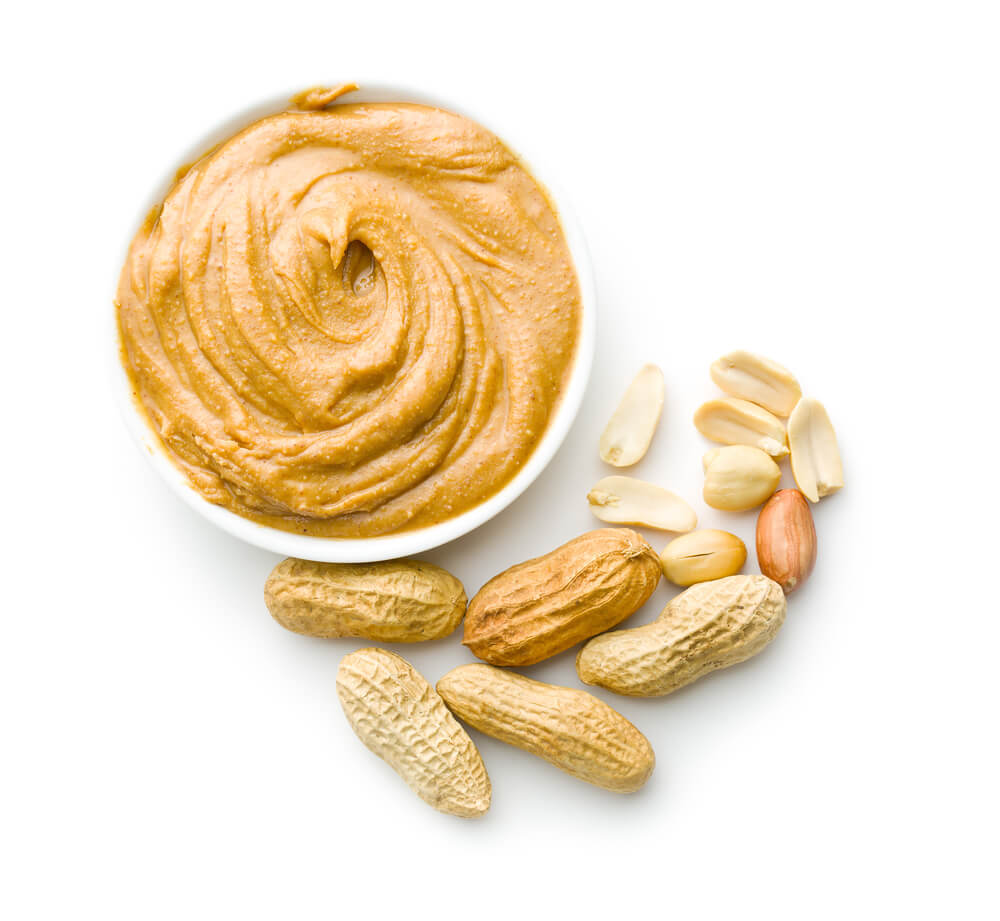


Abstract
Peanut butter was prepared using seven groundnut varieties commonly grown in major groundnut producing states of India. The flavor and compositional quality were determined using the standard procedures. On the basis of a combined evaluation, it could be recommended that the groundnut variety Somnath (Virginia type) is the best-suited variety for producing peanut butter amongst the selected varieties.
Introduction
Flavor and compositional quality are the ultimate criterion of the desirability of any food product. The nutritive value of any peanut product is closely associated with the fatty acid composition of its oil content, which influences its quality. Popularization of peanut butter can go a long way in combating the problems of malnutrition. Consumers would prefer the peanut butter to be easily spread and also have a long shelf life. Peanut butter can also gain popularity among candy, snack and cookie manufacturer.
Materials and methods
 Selection of variety
Selection of variety
Seven groundnut varieties commonly grown in major groundnut producing states of India were selected for the study. The pods of selected groundnut varieties were obtained from the Directorate of Groundnut Research (ICAR), Junagadh, Gujarat, India. The pods were decorticated manually to obtain the medium grade size sound kernels.
Peanut butter preparation
The peanut kernel, lot of 150 g for each sample, was spread over a petri dish, roasted at 130 °C for 60 min using electrical oven. The kernels were cooled and then split to remove the skin and hearts. The weight of these roasted, blanched and split kernels devoid of hearts was recorded.
The blanched seeds were ground for 1 minute at full speed in a domestic grinder and then the additives salt and sugar were added at the rate of 1 per cent. The mixture was again ground at full speed for 22 min. The butter samples were stored in the glass jars with airtight plastic lids.
Textural quality measurement
The peanut butter samples were taken in a glass beaker (5.5 cm depth × 2.5 cm diameter) and placed on the load cell of texture Analyser (Model: TA-XT2i). With setting point of maximum penetration the crosshead direction of travel was automatically reversed and the probe was withdrawn at 10 mm/s speed.
Sensory evaluation
The sensory evaluation of peanut butter samples was carried out through a panel of nine well-experienced panellists. About 10 g peanut butter from each treatment was tasted by the Panellists using flat toothpicks. The Panellists used a scale of 0 (most difficult to spread) to 9 (easiest to spread) to evaluate the flavor for each of the treatments. They were served with water and unsalted crackers during the tests. The results were analysed statistically using Analysis of Variance and Duncan’s New Multiple Range Test (Ranganna 1986).
Color
The color code was assigned to butter preparations by visually comparing the color of butter preparation with those given in Methuen Handbook of Color (Kornerup and Wanscher 1978).
Results and discussion

Shelf life
The shelf life of butter is determined by the Stability Index (SI), which is the ratio of oleic to linoleic acid (O/L ratio). Ahmed and Young (1982) reported that the stability index of 2.0 and more implies a good compositional quality of the product having the better shelf life. Hence, the butter prepared from the groundnut varieties BAU13 and Somnath exhibited the better shelf life amongst the peanut butter prepared.
The butter prepared from other varieties recorded SI value less than 2.0 and thereby implying relatively a poor shelf life of the peanut butter. The moisture content of all the samples was within the permissible limit of less than 1 per cent reported by Desai et al. (1999).
Textural quality
The butter prepared from Somnath variety of groundnut recorded the lowest adhesive force which realized the ease in spreadability and firmness. The maximum adhesive force recorded in peanut butter prepared from the BAU13 followed by the butter prepared from DRG12, JL24 and ICGV86325 varieties of groundnut. The results revealed that amongst the selected groundnut varieties Somnath is the most appropriate followed by GG6 and ICGV37 for the production of peanut butter.
Sensory quality
The highest mean sensory score of 8.3 determined using ‘Statistical Analysis System’ of the Duncan’s New Multiple Range Test (DNMRT) procedure was obtained for Somnath followed by 7.6 and 7.1 for GG6 and JL24 varieties of groundnut, respectively. This revealed that the groundnut variety Somnath exhibited better flavor followed by GG2 and GG13 varieties of groundnut. The other varieties exhibited poor flavor characteristics and thereby proved unsuitable for making the butter.
Color
While comparing the color attribute of the butter prepared from the selected varieties, it was observed that those prepared from Somnath and DRG 12 reflected the most preferable greyish orange color while the other various varieties were non-significant.
Conclusion
Amongst the selected varieties of groundnut, the butter prepared from the kernels of Somnath yielded better firmness and spreadability during the textural measurements. Also, the butter prepared using the kernel of this variety was found superior while evaluating the flavor and other proximate. Therefore, on the basis of combined evaluation the groundnut variety Somnath could be recommended for the production of peanut butter having the better flavor and other compositional quality amongst the selected varieties of groundnut.
References
Navnitkumar K. Dhamsaniya, Naginbhai C. Patel, and Mukesh N. Dabhi. Selection of groundnut variety for making a good quality peanut butter. J Food Sci Technol. 2012 Feb; 49(1): 115–118. Published online 2011 Apr 12. DOI: 10.1007/s13197-011-0361-9
Key words
Peanut butter, Groundnut variety, Flavor, Texture, Quality, Premium peanut butter
Key Takeaways
• Groundnut variety Somnath (Virginia type) is the best-suited variety for producing peanut butter amongst the selected varieties.
• Somnath variety yielded better firmness and spreadability during the textural measurements.
• Somnath and DRG 12 reflected the most preferable greyish orange color of nut butter.
• Somnath and BAU13 exhibited the better shelf life amongst the peanut butter prepared.
